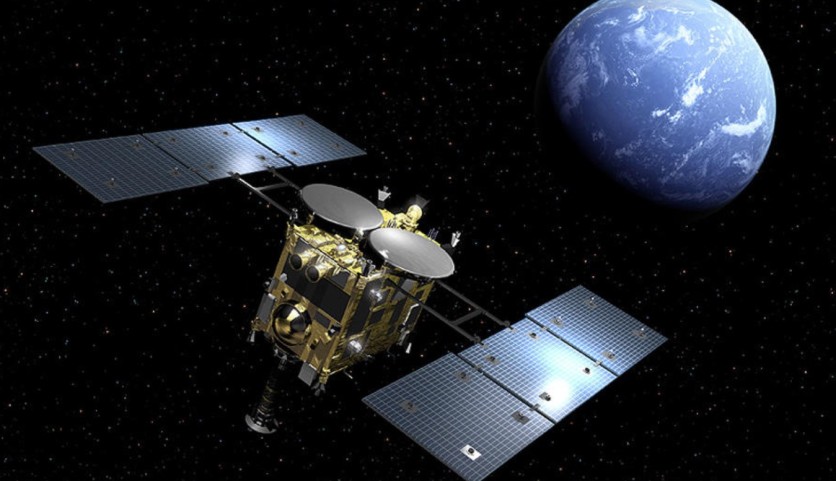Japanese astronomers have recently discovered amino acids from one asteroid they encountered during the Hayabusa2 spacecraft mission.
Amino Acids in Asteroid Samples

The Japanese Aerospace Exploration Agency or JAXA has sent off the Hayabusa2 spacecraft to bring the next-gen technology for asteroid studies.
In a report by Wion on Tuesday, June 7, the researchers who came back to the Earth during the recent mission have retrieved an important set of samples from an asteroid.
The scientists obtained more than 20 types of amino acids from the Ryugu asteroid. Somehow, these components are said to be the key to unearthing the earliest life forms of the past.
The amino acids are essential molecules used to make protein. Both of them are regarded to be life's building blocks.
Primordial Life is Not on the Earth
The early life forms may have existed way back before the creation of the solar system billions of years ago.
For instance, the Ryugu asteroid was found to be more than 300 million kilometers from the Earth. This could mean that living organisms could once thrive in the asteroid before Earth became an official planet.
The ancient component might not be possibly found on the planet way back then since it would not survive the harsh temperature in the molten core.
However, the previous explorations also tell that amino acids can exist on meteorites. Some researchers claim that they could hail from terrestrial sources.
To fully understand the connection of the amino acids to the asteroid samples, Japan will join OSIRI-REx exploration. The teams will conduct a comparison study involving the Ryugu and Bennu asteroid.
Related Article : Ryugu Asteroid Samples Explain A LOT About the Universe and its Origin, Researchers Claim
Hayabusa2 Retrieved Charcoal-Like Fragments
Aside from amino acids, the researchers from the Hayabusa2 spacecraft were able to obtain asteroid chips that look like charcoal. According to Tech Times, the team recovered a couple of samples after undergoing a mission towards the Ryugu asteroid in 2020.
The charcoal-like fragments were initially delivered to the Australian Outback before being transported to Japan for close examination.
Tomohiro Usui, a material scientist from JAXA, said that one sample consisted of hard rocks that could exceed 1 centimeter in size. Upon picking them up, the black granules did not show any signs of breaking, the scientists said.
Regarding the second sample set, Usui cited that the second location where the rocks landed could be a hard bedrock.
Apart from that, the Hayabusa2 crew also took gas samples from deep space. For this part, two different studies were made. One came from Japan while the other one was from Australia.
JAXA Hypersonic Test Flight
Last month, Aviation Week reported that Japan's national space agency had arranged an appointment regarding the hypersonic scramjet test flight.
According to the organization, the test is expected to happen next month in line with the study about propulsion technology.
This article is owned by Tech Times
Written by Joseph Henry
ⓒ 2025 TECHTIMES.com All rights reserved. Do not reproduce without permission.




